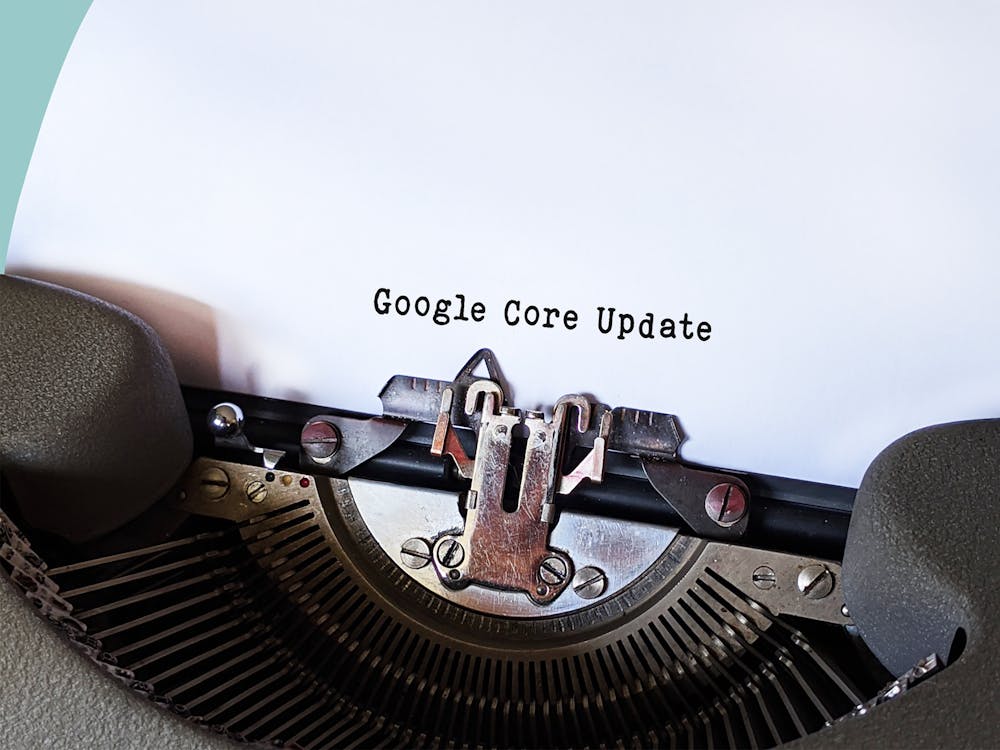As we move into 2024, Google continues to refine its approach to evaluating website performance with updates to Core Web Vitals and the introduction of the new Interaction to Next Paint (INP) metric. These changes signal a significant shift in how websites will be assessed and ranked. It’s essential for businesses and marketing agencies to adapt to these new standards to maintain their search visibility and user engagement.
Understanding Core Web Vitals
Core Web Vitals are a set of specific factors that Google considers crucial for a website’s overall user experience. They encompass three main performance metrics: Largest Contentful Paint (LCP), First Input Delay (FID), and Cumulative Layout Shift (CLS). Each of these metrics plays a critical role in how users perceive the performance and usability of a website.
Largest Contentful Paint (LCP)
LCP measures the loading performance of a page. It specifically tracks the time it takes for the largest piece of content (e.g., an image or block of text) to become visible within the viewport. Google’s benchmark for a good LCP is within 2.5 seconds.
- Why LCP Matters: Fast loading times are crucial as they directly impact user satisfaction. A slow LCP can lead to higher bounce rates and lower engagement.
- Improving LCP: Techniques include optimizing images, leveraging browser caching, and improving server response times.
First Input Delay (FID)
FID gauges the responsiveness of a page by measuring the time from when a user first interacts with a page (e.g., clicking a link or button) to when the browser responds to that interaction. An ideal FID is less than 100 milliseconds.
- Why FID Matters: Quick responsiveness ensures a smooth user experience, reducing frustration and improving interaction rates.
- Enhancing FID: Minimizing JavaScript execution and optimizing web page interactivity can significantly reduce FID.
Cumulative Layout Shift (CLS)
CLS quantifies the visual stability of a page by measuring the sum total of all individual layout shift scores for every unexpected layout shift that occurs during the entire lifespan of the page. A CLS score of less than 0.1 is considered good.
- Why CLS Matters: Unexpected shifts can disrupt the user experience, causing users to accidentally click on elements or lose their place while reading.
- Reducing CLS: Techniques include reserving space for images and ads, avoiding inserting content above existing content, and using stable layout patterns.
Introducing the Interaction to Next Paint (INP) Metric
In 2024, Google introduces the Interaction to Next Paint (INP) metric as part of its ongoing efforts to refine how user interaction is measured. INP captures the responsiveness of interactions beyond the first input, giving a more holistic view of a page’s interactivity.
What is INP?
INP measures the latency of interactions on a web page from a user’s perspective, focusing on the time it takes from when an interaction starts to when the next paint after the interaction is completed. It’s designed to capture a broader range of user experiences than FID, which focuses on the first input.
- Why INP is Important: While FID gives a snapshot of the initial responsiveness, INP provides insight into ongoing interactions, which are crucial for a comprehensive user experience assessment.
- Optimizing for INP: To optimize INP, consider reducing long tasks that block the main thread and ensuring smooth, continuous interactions.
Preparing Your Website for Google’s 2024 Standards
Adapting to these new metrics requires a strategic approach. Here’s how businesses and marketing agencies can prepare their websites for Google’s 2024 standards.
Conduct a Thorough Audit
The first step is to assess your website’s current performance against Core Web Vitals and the new INP metric. Tools like Google’s Lighthouse and PageSpeed Insights provide valuable insights into how your site performs and identify areas for improvement.
- Audit Core Web Vitals: Use these tools to measure LCP, FID, and CLS scores and identify performance bottlenecks.
- Evaluate INP: While INP is new, begin by looking at ongoing interactivity and responsiveness across your site.
Prioritize User-Centric Design
Google’s updates emphasize the importance of user experience. Websites that are designed with users in mind are more likely to perform well against these metrics.
- Focus on Fast Loading Times: Optimize images, use content delivery networks (CDNs), and implement efficient coding practices.
- Enhance Mobile Experience: With mobile-first indexing, ensuring your site is mobile-friendly is crucial. Use responsive design and optimize for touch interactions.
Optimize for Stability and Responsiveness
Improving visual stability and responsiveness will be key to meeting the new standards.
- Prevent Layout Shifts: Design with stability in mind by reserving space for dynamic content and avoiding unexpected layout changes.
- Boost Responsiveness: Reduce the impact of long-running JavaScript tasks and optimize interactions to ensure quick and responsive user experiences.
Leverage AI and Machine Learning
Artificial Intelligence (AI) and machine learning can play a significant role in optimizing website performance.
- Predictive Analysis: Use AI tools to predict and address performance issues before they affect user experience.
- Automated Optimization: Implement AI-driven solutions that continuously monitor and optimize site performance.
The Role of a Marketing Agency in Navigating These Changes
Staying ahead of Google’s evolving standards requires expertise and a proactive approach. A skilled marketing agency can provide invaluable support in this regard.
Expert Performance Audits
A marketing agency can conduct detailed performance audits to identify areas where your website can be improved according to Core Web Vitals and INP metrics.
Strategic Optimization
Agencies can develop and implement strategic plans to enhance your website’s performance, ensuring it meets the latest standards and provides an exceptional user experience.
Continuous Monitoring and Adaptation
SEO is an ongoing process. A marketing agency can provide continuous monitoring and adaptation, ensuring your website remains compliant with Google’s standards and competitive in search rankings.
Conclusion
Google’s 2024 standards, focusing on Core Web Vitals and the new INP metric, are shaping the future of SEO. By understanding these metrics and proactively optimizing your website, you can ensure it delivers an outstanding user experience and remains visible in search results. Partnering with a proficient marketing agency like Hypehyperion can provide the expertise and strategic support needed to navigate these changes successfully. Stay ahead of the curve and prepare your website to thrive in the evolving digital landscape of 2024.


